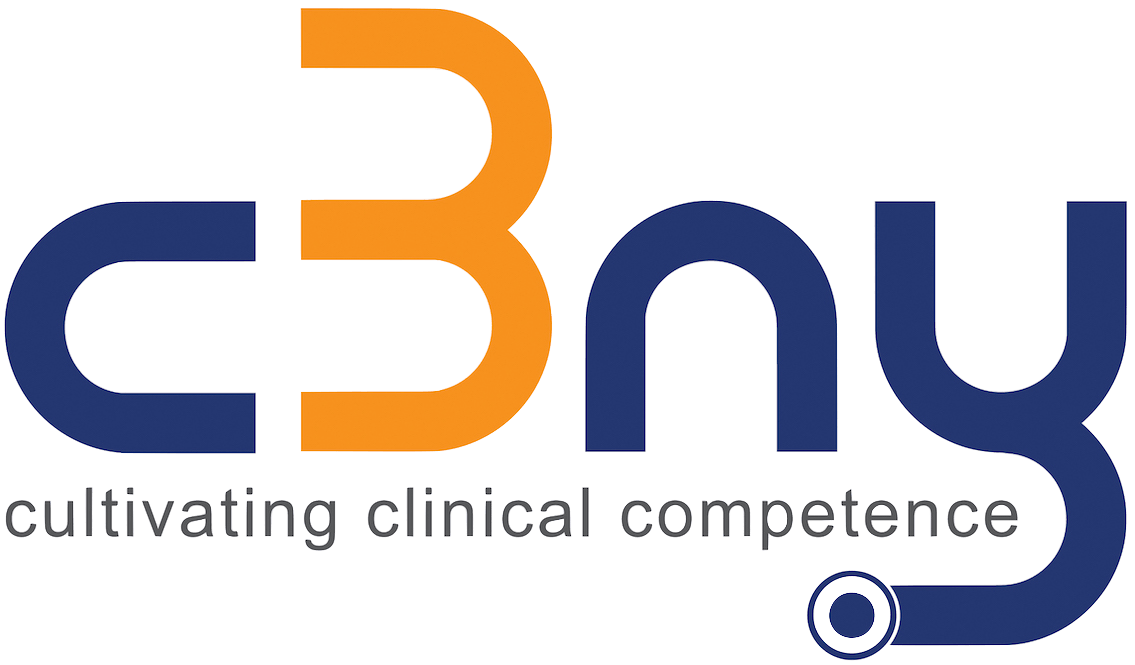A brilliant well-researched article about Doctors and Clinical Empathy came out in the Washington Post the other day. I can’t emphasize enough how terrific it is, and how it reflects the REAL WORLD need for empathy in Doctor/Patient relationships. Teaching Doctors how to engage more and lecture less by Sandra G. Boodman. While I will quote some of the more pertinent passages here, do yourself a favor and read the whole thing.
Empathy is not just for Step 2 CS, not just for a test, and is not “soft medicine”. It is a vital element to any doctor patient interaction, and directly affects outcomes. Duke University now requires it’s oncology fellows to attend a one day course, Oncotalk.
“Oncotalk” is part of a burgeoning effort to teach doctors an essential but often overlooked skill: clinical empathy. Unlike sympathy, which is defined as feeling sorry for another person, clinical empathy is the ability to stand in a patient’s shoes and to convey an understanding of the patient’s situation as well as the desire to help.
Mass General and other Harvard affiliated hospitals are requiring their residents to attend a program named”Empathetics”.
The “Empathetics” program teaches doctors “how to show up, not what to say,” said Riess. “We do a lot of training in emotional recognition and self-monitoring.” That includes learning to identify seven universal facial expressions — using research pioneered by psychologist Paul Ekman — and to take stock of one’s own emotional responses to patients or situations.
Some of the course is explicitly prescriptive: Make eye contact with the patient, not the computer. Don’t stand over a hospitalized patient, pull up a chair. Don’t conduct a monologue in off-putting medicalese. Pay attention to tone of voice, which can be more important than what is said. When delivering bad news, schedule the patient for the end of the day and do not allow interruptions. Find out what the patient is most concerned about and figure out how best to address that.
Any candidate for Step 2 CS would do well to follow the prescription above. (And if unfamiliar with the seven universal facial expressions, look into that as well; it’s fascinating.)
The last sentence above bears repeating, particularly for Step 2 candidates; FIND OUT WHAT THE PATIENT IS MOST CONCERNED ABOUT AND FIGURE OUT HOW BEST TO ADDRESS THAT.
Clinical Empathy. Standing in your patient’s shoes. Best advice of the day.
Yours in excellent Step 2 CS prep,
The team at C3NY

